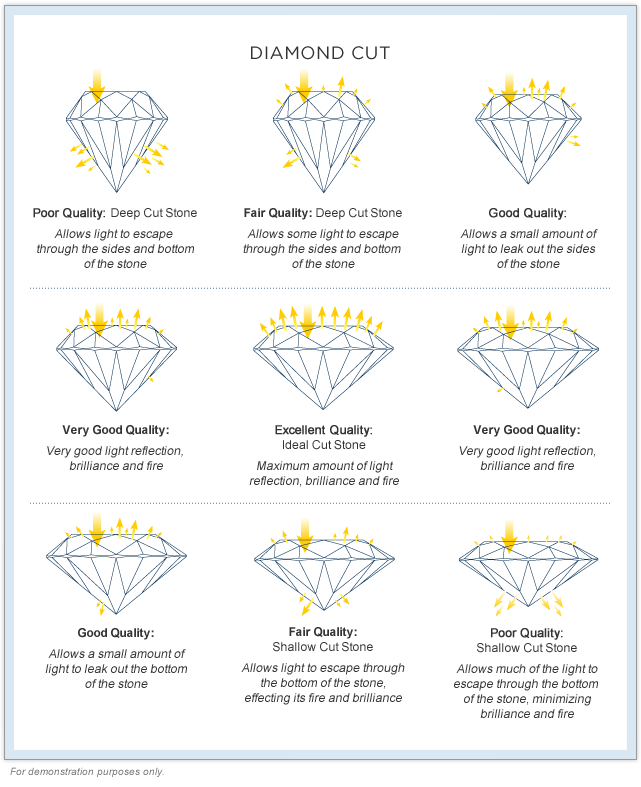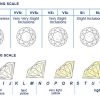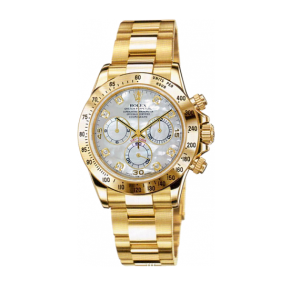THE 4 “C’s”
COLOUR
The diamond colour evaluation of most gem-quality diamonds is based on the absence of colour. A chemically pure and structurally perfect diamond has no hue, like a drop of pure water, and consequently, a higher value. GIA’s D-to-Z diamond colour-grading system measures the degree of colourlessness by comparing a stone under controlled lighting and precise viewing conditions to master stones of established colour value.
CLARITY
Natural diamonds are the result of carbon exposed to tremendous heat and pressure deep in the earth. This process can result in a variety of internal characteristics called inclusions and external characteristics called blemishes
Evaluating diamond clarity involves determining the number, size, relief, nature, and position of these characteristics, as well as how these affect the overall appearance of the stone.
While no diamond is perfectly pure, the closer it comes, the higher its value.
CUT
Diamonds are renowned for their ability to transmit light and sparkle so intensely. We often think of a diamond’s cut as shape (round, emerald, pear), but a diamond’s cut grade is really about how well a diamond’s facets interact with light.
Precise artistry and workmanship are required to fashion a stone so its proportions, symmetry, and polish deliver the magnificent return of light only possible in a diamond.
CARAT
Diamond carat weight is the measurement of how much a diamond weighs. A metric “carat” is defined as 200 milligrams.
Each carat can be subdivided into 100 ‘points.’ This allows very precise measurements to the hundredth decimal place. A jeweller may describe the weight of a diamond below one carat by its ‘points’ alone. For instance, the jeweller may refer to a diamond that weighs 0.25 carats as a ‘twenty-five pointer.’ Diamond weights greater than one carat are expressed in carats and decimals. A 1.08 carat stone would be described as ‘one point oh eight carats.’


Be the first to review “We buy Diamond Jewellery & Loose Diamonds” Cancel reply
You must be logged in to post a review.
Related products
Descriptions of items that we buy
Descriptions of items that we buy
Descriptions of items that we buy
Descriptions of items that we buy
Descriptions of items that we buy
Descriptions of items that we buy
Descriptions of items that we buy
Descriptions of items that we buy






















Reviews
There are no reviews yet.